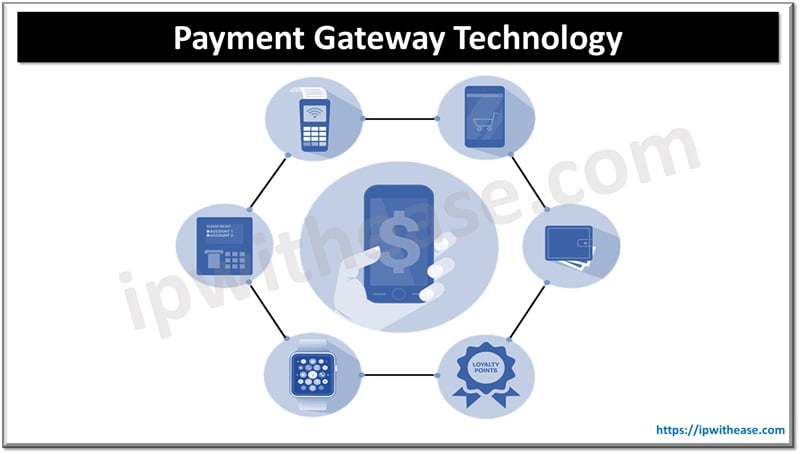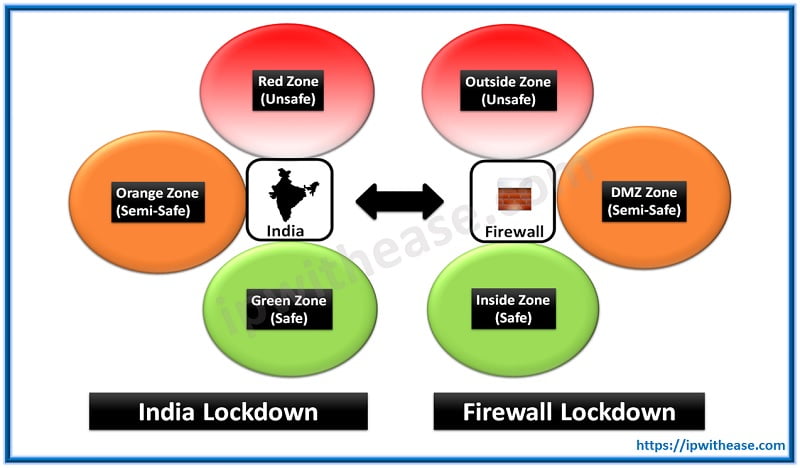Table of Contents
In the digital age, the way businesses handle financial transactions has transformed dramatically. With the rise of e-commerce and online services, the demand for secure and efficient payment processing systems has never been greater. Payment gateway technology has emerged as a cornerstone of modern financial transactions, enabling businesses to process payments swiftly and securely across various platforms. This article delves into the evolution of payment gateway technology, exploring its significance, key features, and the future of payment processing. Moreover, it emphasizes the importance of working with specialized payment gateway development services to build custom solutions tailored to business needs.
The Role of Payment Gateways in Modern Commerce
For businesses, especially those operating online, having a reliable payment gateway is critical to maintaining customer trust and ensuring seamless transactions. Integrating a custom solution through payment gateway development services can significantly enhance a company’s ability to process payments efficiently, reduce transaction errors, and provide a better overall customer experience.

The Evolution of Payment Gateway Technology
The development of payment gateway technology has been shaped by the need to address evolving business requirements and consumer expectations. Here’s a look at how payment gateways have evolved over time:
Early Beginnings
The first online payment gateways emerged in the mid-1990s, coinciding with the rise of e-commerce. These early gateways were relatively simple, primarily designed to process credit card transactions for online purchases. However, they laid the groundwork for the sophisticated systems we see today.
The Advent of Multi-Channel Payments
As technology advanced, the need for payment gateways that could handle transactions across multiple channels became evident. Businesses began to operate not just online but also through mobile apps, social media platforms, and in-person points of sale. This shift led to the development of multi-channel payment gateways that could process transactions seamlessly across different platforms, providing a consistent experience for customers regardless of how they chose to pay.
Enhanced Security Measures
With the increase in online transactions came a corresponding rise in cyber threats. As a result, payment gateways had to evolve to incorporate more robust security measures. Tokenization, end-to-end encryption, and two-factor authentication became standard features, ensuring that sensitive payment information was protected at every stage of the transaction.
Integration with Emerging Technologies
In recent years, payment gateways have begun integrating with emerging technologies such as blockchain, artificial intelligence (AI), and machine learning. Blockchain, for example, offers the potential for more transparent and secure transactions by creating an immutable record of payments. AI and machine learning are used to enhance fraud detection, analyzing vast amounts of transaction data in real-time to identify suspicious activity.
Challenges in Payment Gateway Development
Despite the advancements, developing a payment gateway that meets modern standards is not without its challenges. Some of the key hurdles include:
- Regulatory Compliance: Navigating the complex landscape of financial regulations is a significant challenge for payment gateway development. Compliance with standards such as PCI DSS, GDPR (General Data Protection Regulation), and various local regulations is essential to avoid legal complications.
- Security Threats: As cybercriminals become more sophisticated, payment gateways must continuously evolve to stay ahead of potential threats. This requires ongoing investment in security infrastructure and regular updates to security protocols.
- Technical Integration: Integrating a payment gateway with a business’s existing systems can be technically complex, particularly for businesses with legacy systems. Ensuring seamless integration while maintaining data integrity is a critical aspect of development.
- User Experience: Balancing security with user convenience is a common challenge. Overly complex authentication processes can lead to cart abandonment, while insufficient security measures can expose the gateway to fraud.
Best Practices for Developing a Payment Gateway
To overcome these challenges and ensure the successful development of a payment gateway, businesses should consider the following best practices:
- Collaborate with Experienced Developers: Partnering with a company that specializes in payment gateway development services is essential. Experienced developers understand the intricacies of payment processing and can create a solution that meets both business and regulatory requirements.
- Focus on Security from the Start: Security should be a primary consideration from the initial stages of development. Implementing strong encryption, regular security audits, and robust authentication measures will help protect the gateway from potential threats.
- Prioritize User Experience: A smooth and intuitive user experience is crucial for the success of a payment gateway. Regular usability testing and customer feedback should be incorporated into the development process to ensure the gateway is easy to use.
- Plan for Scalability: As your business grows, your payment gateway must be able to scale accordingly. Designing the gateway with scalability in mind will ensure it can handle increased transaction volumes and support additional features as needed.
- Stay Updated on Regulatory Changes: Financial regulations are constantly evolving. It’s important to stay informed about changes in regulations that could impact your payment gateway and ensure that your system remains compliant.
Conclusion
Payment gateways are an integral part of modern commerce, enabling businesses to process transactions securely and efficiently across multiple platforms. As technology continues to evolve, so too will the capabilities of payment gateways, offering new opportunities for businesses to enhance their payment processes and improve customer satisfaction.
By working with specialized payment gateway development services, businesses can create custom solutions that meet their specific needs, address security concerns, and ensure compliance with regulatory requirements. Whether you’re looking to integrate cutting-edge technologies or simply streamline your existing payment processes, investing in a well-developed payment gateway is a critical step towards achieving long-term success.
ABOUT THE AUTHOR
IPwithease is aimed at sharing knowledge across varied domains like Network, Security, Virtualization, Software, Wireless, etc.



